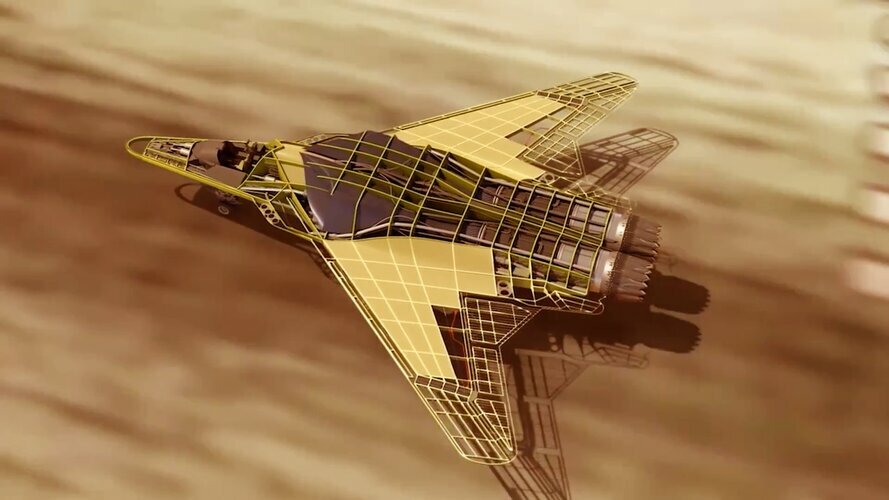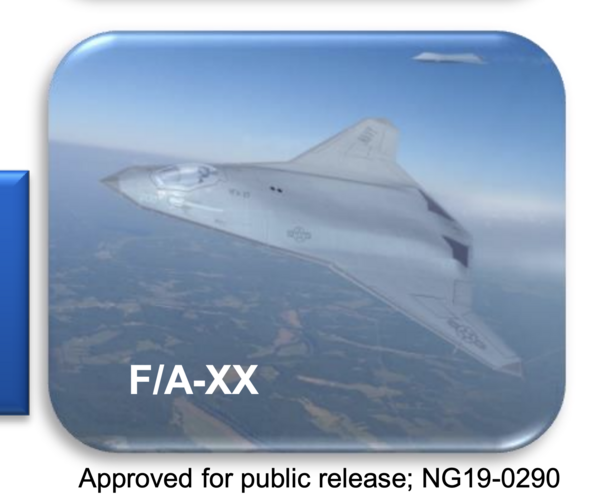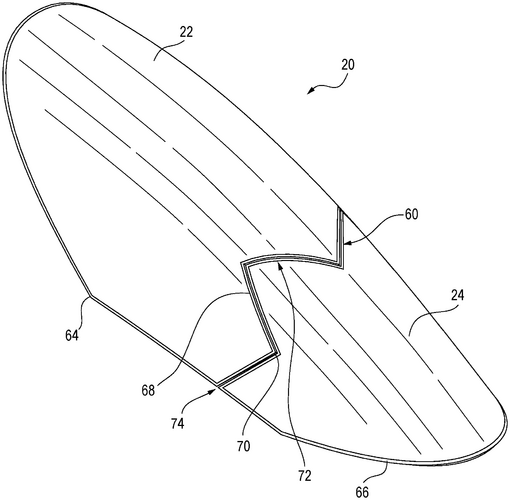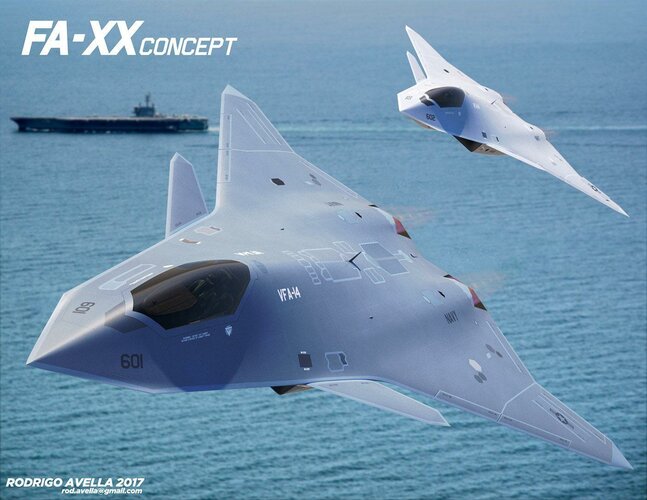I know that GE has indicated that an advanced F110 would use the latest CFM56 core. Despite their common origins and the CFM56 commercial certification, this may not be as easy as it sounds.
The CFM56, like most modern high bypass turbofans, utilizes active clearance control on the high compressor, high and low turbine, where fan or compressor bleed air is directed thru pipes around the core where it is directed at the cases to cool and thermally shrink them in a controlled manner to reduce the blade tip clearances and improve efficiency. This weight and complexity is not compatible with fighter engine requirements nor with the rapid throttle transients seen in fighter operations. I know in the F119 and F135, a lot of design effort when into passive clearance control.
In addition, fighter engines see much higher levels of inlet airflow distortion due to high AOA maneuvering. This distortion does continue thru the fan and is felt by the HPC. While the F110 core handles this well, the CFM56 HPC with its “advanced aero” and loss of its active clearance control might not.
Not saying GE would not be able to handle these challenges with the CFM56 core, but it is not necessarily a bolt-in solution and would require development time and $$$.





